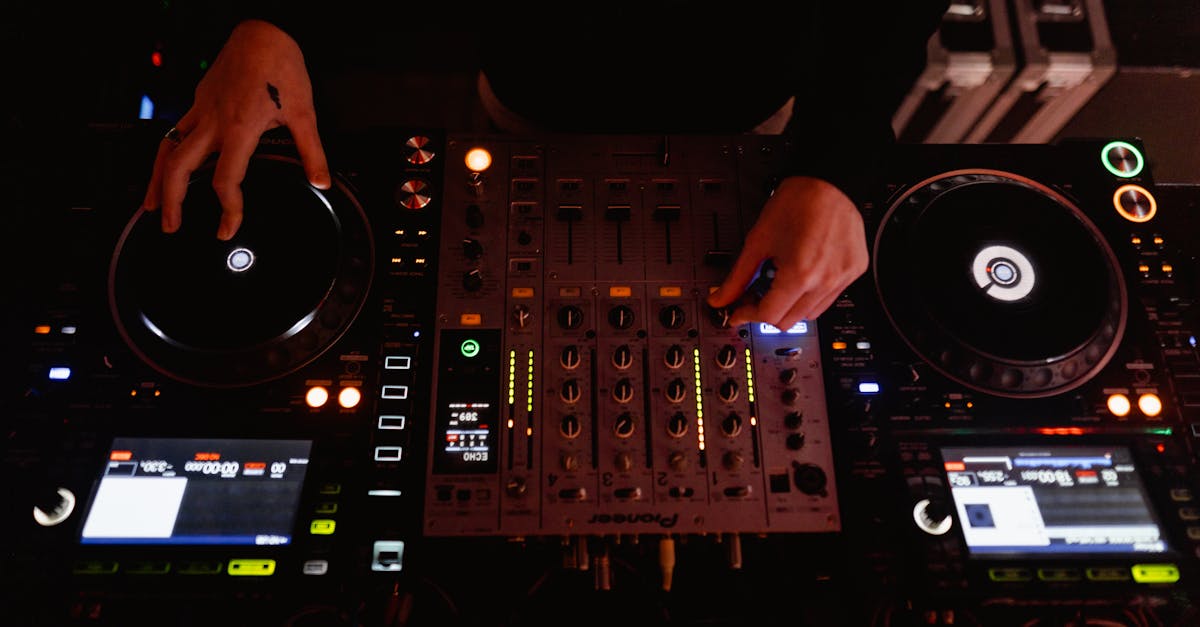Cross Cultural Chords Uniting Music Globally
Introduction
In today's globalized world, the intertwining of music from different cultures has created a tapestry of sound that resonates with audiences around the world. Cross-cultural music journeys have become a beacon of unity, bridging cultural divides and fostering understanding. With the ever-growing accessibility of digital platforms and live performances, artists have found new ways to merge sounds and rhythms from different corners of the globe. The vibrant fusion of African beats with Western pop, or Asian melodies with Latino rhythms, exemplifies this captivating phenomenon. These musical interactions not only enrich the music industry but also mirror our increasingly interconnected human experience.
Advertisement
The Roots of Cross-Cultural Music
Music has an unparalleled ability to cross borders and speak a universal language. From the early days of human civilization, instruments and vocal traditions traveled along with trade routes and conquests, influencing one another and evolving into new styles. The Silk Road, spanning Asia, the Middle East, and Europe, was instrumental in exposing different regions to new melodic and rhythmic influences. Subsequently, the Age of Exploration further expanded musical horizons as European explorers brought together indigenous sounds from the Americas, Africa, and Asia. Thus, the foundation for cross-cultural music was laid, setting the stage for future collaborations and innovations.
Advertisement
Fusion Proliferation in the Modern Era
The 20th century marked a significant milestone in the journey of cross-cultural music. Jazz, in particular, became a melting pot of African American musical traditions with European harmonic concepts, spreading globally and giving rise to genres like bebop, bossa nova, and samba. Meanwhile, rock 'n' roll drew heavily from blues and gospel, paving the way for iconic bands like The Beatles to incorporate Indian classical music into their compositions. Such fusion paved the way for modern artists who continue experimenting with global collaborations, whether it's Bollywood-inspired pop hits or electronic music infused with traditional folk instruments from around the world.
Advertisement
The Role of Technology and Media
Today's music travelers have a powerful ally in technology, which has shattered geographical limitations and democratized music creation and distribution. With the rise of platforms like Spotify, YouTube, and SoundCloud, musicians from all over the globe can share their work, find audiences, and collaborate seamlessly. Virtual collaborations have become commonplace, enabling artists rooted in different cultural sonic landscapes to create new music genres by mixing traditional sounds with contemporary beats. Furthermore, music festivals broadcasted live or through recorded performances have opened up new avenues for exposure and learning among diverse music communities.
Advertisement
Cultural Sensitivity in Music Journeys
While the blending of cultural music styles can be exhilarating, it also comes with responsibilities. Artists must approach their cross-cultural journeys with sensitivity and respect, ensuring authenticity and appreciation for the roots of each musical tradition they embrace. Cultural appropriation, where elements of a culture are utilized without respect or understanding, can harm communities and diminish the richness of their traditions. Engaging in collaborations where all voices are equally represented and acknowledged not only enhances musical output but enriches shared humanity and fosters greater understanding among cultures.
Advertisement
The Impact of Music and Identity
Music is an essential element of cultural identity, reflecting the values, struggles, and heritage of the people it represents. Cross-cultural music journeys encourage individuals to explore their identities and those of others, fostering inclusivity and empathy. As audiences encounter new sounds, they gain insights into different life experiences and perspectives. This transculturation can inspire self-discovery and help listeners appreciate the diversity within their own communities. The shared experience of enjoying music imbued with several identities cultivates a sense of global citizenship and interconnectedness.
Advertisement
The Influence on Social Movements
Movement and advocacy have often found a strong voice in music. Throughout history, songs have been pivotal in galvanizing support for social change. Listening to music that fuses various cultural influences can inspire activism and compassion for people from diverse backgrounds. Genres such as reggae, hip-hop, and folk have emerged from the intersection of struggle and hope. By amplifying voices once marginalized, cross-cultural music journeys facilitate dialogue and inspire collective action, uniting communities in efforts for justice and equality.
Advertisement
Economic Implications of Music Journeys
Cross-cultural music has also contributed significantly to the global economy. The rise of world music festivals, international collaborations, and global tours has created new revenue streams for artists and industry stakeholders. As different cultures come together to celebrate and share their music, they contribute to local economies through tourism and related industries. Moreover, the exchange of talent across borders fosters innovation and growth, positioning music as a key asset in cultural diplomacy and soft power projections by nations.
Advertisement
Challenges and Opportunities in Cross-Cultural Music
Nevertheless, the journey to harmonious musical integration is not without challenges. Language barriers, political tensions, and economic disparities can hinder collaborations and impact creativity. However, these challenges present opportunities for dialogue, negotiation, and bridge-building. Cross-cultural musicians are often cultural ambassadors, prompting reflection and change within society. By harnessing the potential of shared experiences, they inspire hope and understanding, illuminating the path toward a more inclusive and diverse global community.
Advertisement
Conclusion
Cross-cultural music journeys offer a unique window into the world's cultural tapestry, uniting people despite differences and creating avenues for dialogue, creativity, and empathy. As technology continues to make the world smaller, these musical exchanges will become even more vital in fostering connections among people. Understanding cultural sensitivity and navigating the challenges it presents with care ensures that the enriching power of music continues to inspire future generations. For music lovers and creators alike, cross-cultural chords resonate with the harmony of our shared humanity, showing that, at our core, we all march to the beat of a shared global drum.
Advertisement







